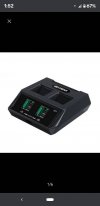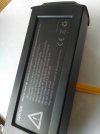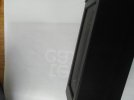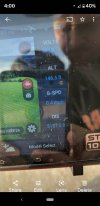- Joined
- Jan 12, 2021
- Messages
- 31
- Reaction score
- 24
- Age
- 70
Hello..Several questions, and I'm not sure how to divide them into "themes" or "topics", the language problem, using the automatic translator:
- how to test the range with the Typhoon H and its ST16?
- how to test the range of the video feedback on the ST16?
- the batteries, of the Typhoon H, mine, are slightly bulging. Is it a danger indicator? After charging, they are not hot at all. How to test them to make sure that everything is in order? The charger proposed by Huneec is primary, it does not allow the balance of the "cells" (the "S") I think.
- can we use other batteries, more powerful, to improve the autonomy?
Thanks to you and have a nice day.
- how to test the range with the Typhoon H and its ST16?
- how to test the range of the video feedback on the ST16?
- the batteries, of the Typhoon H, mine, are slightly bulging. Is it a danger indicator? After charging, they are not hot at all. How to test them to make sure that everything is in order? The charger proposed by Huneec is primary, it does not allow the balance of the "cells" (the "S") I think.
- can we use other batteries, more powerful, to improve the autonomy?
Thanks to you and have a nice day.






